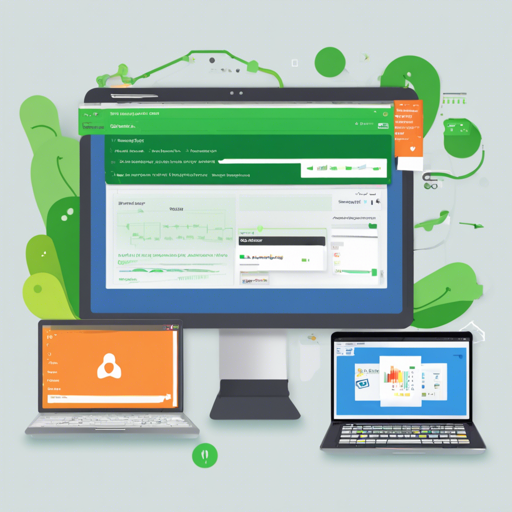Welcome to the world of Logback-access Spring Boot Starter! If you’ve ever wanted to enhance your web application’s logging capabilities, you’re in the right place. This guide simplifies the process to set up and leverage Logback-access in your Spring Boot applications. Let’s jump right in!
What is Logback-access?
Logback-access is a powerful logging framework that provides HTTP access logging to web applications. With Logback-access Spring Boot Starter, you can effortlessly integrate it into your Spring Boot applications, enhancing your logging capabilities without a hitch.
Features of Logback-access Spring Boot Starter
- Auto-detects your configuration file.
- Supports configuration files on the classpath.
- Offers profile-specific configurations.
- Handles user attributes through Spring Security.
- Works with various web servers, including Tomcat, Jetty, and Undertow.
How to Add the Dependency
To get started, you need to add the Logback-access Spring Boot Starter dependency to your project. If you’re using Maven, include the following in your pom.xml:
<dependency>
<groupId>dev.akkinoc.spring.boot</groupId>
<artifactId>logback-access-spring-boot-starter</artifactId>
<version>$logback-access-spring-boot-starter.version</version>
</dependency>Configuring Logback-access
Once the dependency is added, you need to configure Logback-access by creating a logback-access.xml file in the root of your classpath. A sample configuration might look like this:
<?xml version="1.0" encoding="UTF-8"?>
<configuration>
<appender name="console" class="ch.qos.logback.core.ConsoleAppender">
<encoder>
<pattern>commonpattern</pattern>
</encoder>
</appender>
<appender-ref ref="console"/>
</configuration>How to Log Access Events
Just by setting up Logback-access, your application will log access events automatically. For instance, you might see log entries like this in your console:
0:0:0:0:0:0:0:1 - - [24/Oct/2021:15:32:03 +0900] "GET / HTTP/1.1" 200 319
0:0:0:0:0:0:0:1 - - [24/Oct/2021:15:32:03 +0900] "GET /favicon.ico HTTP/1.1" 404 111Understanding Configuration File Prioritization
When your web application starts, Logback-access looks for configuration files in a specific order to auto-detect settings. Think of it as a treasure hunt where the “first treasure” found is the one that counts! Here’s the search order:
- logback-access-test.xml
- logback-access.xml
- logback-access-test-spring.xml
- logback-access-spring.xml
Using Profile-specific Configurations
Logback-access supports profile-specific configurations using the springProfile tag. This feature is akin to a wardrobe where you can put on different outfits based on the season (i.e., environment). For example:
<springProfile name="staging">
<!-- Configuration for staging profile -->
</springProfile>Troubleshooting Ideas
If you encounter issues while setting up Logback-access, try the following:
- Ensure your configuration file is placed in the correct classpath.
- Check for typos in your configuration XML file.
- Verify that the necessary dependencies are included in your
pom.xml. - Look for any conflicting configurations in your environment.
- Check the application logs for any meaningful error messages.
For more insights, updates, or to collaborate on AI development projects, stay connected with fxis.ai.
Conclusion
By following the steps outlined above, you can seamlessly integrate Logback-access into your Spring Boot application while ensuring effective logging for HTTP access events. At fxis.ai, we believe that such advancements are crucial for the future of AI, as they enable more comprehensive and effective solutions. Our team is continually exploring new methodologies to push the envelope in artificial intelligence, ensuring that our clients benefit from the latest technological innovations.
Resources
For more detailed documentation, refer to the Logback-access documentation.

